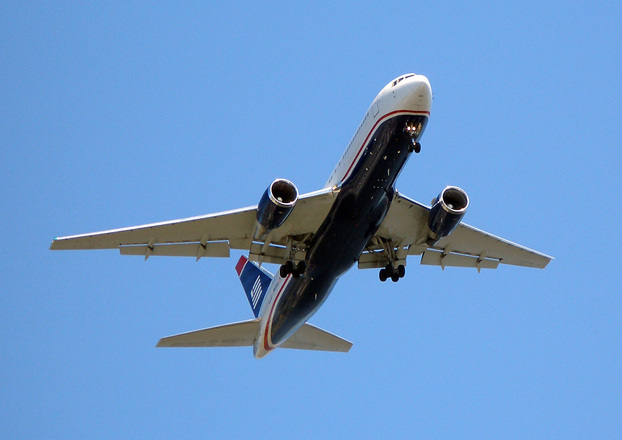NASA’s aeronautics scientists have developed new green technologies that US commercial airlines can use to save more than US$250 billion.
NASA said in a statement that the new technologies have been developed and refined over the last six years under the purview of its Environmentally Responsible Aviation (ERA) project. It said that the technologies could be used to cut the use of fuel by airlines to half.
The new technologies could cut pollution by 75 percent and noise to nearly one-eighth of the current levels, reports the Economic Times.

"If these technologies start finding their way into the airline fleet, our computer models show the economic impact could amount to $255 billion in operational savings between 2025 and 2050," said Jaiwon Shin, NASA's associate administrator for aeronautics research.
The project, supported by industry partners, started in 2009 and was completed in 2015. It was aimed at exploring and documenting the feasibility, benefits and technical risk of inventive vehicle concepts. The research also sought to enable technologies that would reduce aviation's impact on the environment, reports LiveMint.
The project focused on eight major integrated technology demonstrations covering three categories – airframe technology, propulsion technology and vehicle systems integration. As part of NASA’s Environmentally Responsible Aviation (ERA) project, aeroplanes were tested with new lightweight materials in order to decrease weight and fuel use – a concept now being commercialised by FlexSys and Aviation Partners of Seattle. NASA has also collaborated with General Electric to refine turbine engines saving an extra 2.5% of fuel burn.
A seperate report from the New Climate Economy also revealed that global carbon emissions from the world's aviation and maritime sectors could rise 250% by 2050 without such tangible targets from governments to reduce carbon rates.
IB Times & Edie
